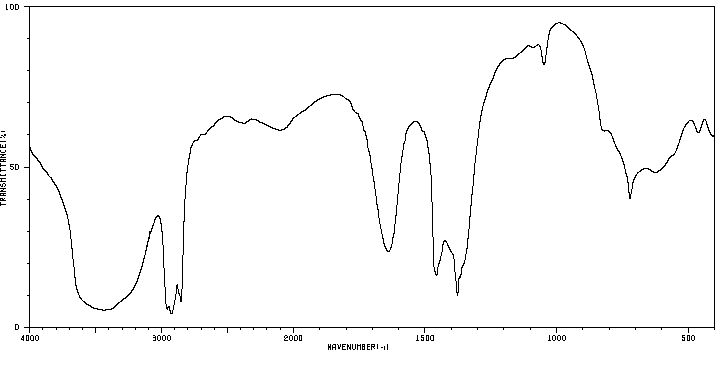A corrosion inhibitor comprises particles of an inorganic oxide having cations of yttrium or cations of one or more metals of the lanthanide group chemically bound to the particles by ion-exchange. The cations are released by ion-exchange with other cations and not by the water solubility of the corrosion inhibitor. The corrosion inhibiting particles may be prepared by contacting particles of the inorganic oxide with an aqueous solution containing the required cations. Alternatively, the particles of the inorganic oxide may be contacted with an aqueous solution of an alkali metal so that alkali metal ions are exchanged onto the surface of the oxide and then contacting the alkali metal exchanged oxide with a solution of the required cations so that the required cations replace the alkali metal cations. The corrosion inhibiting particles may be incorporated into protective coatings e.g. paints based on epoxy resins, alkyd resins, vinyl resins or chlorinated rubbers in amounts up to 80% wt. based on the dry film weight of the coating.
一种缓蚀剂包括具有
钇阳离子或
镧系
金属中的一个或多个
金属阳离子通过离子交换
化学结合到颗粒上的无机氧化物颗粒。这些阳离子通过与其他阳离子的离子交换而不是缓蚀剂的
水溶性释放。可以通过将无机氧化物颗粒与含有所需阳离子的
水溶液接触来制备缓蚀颗粒。或者,可以将无机氧化物颗粒与碱
金属的
水溶液接触,使碱
金属离子交换到氧化物表面,然后将交换过的碱金属氧化物与所需阳离子的溶液接触,以使所需阳离子取代碱
金属阳离子。缓蚀颗粒可以以高达涂膜干重的80%重量的量被纳入保护涂层中,例如基于环氧
树脂,醇酸
树脂,
乙烯基树脂或
氯化橡胶的涂料。







